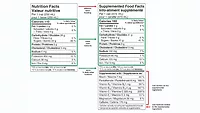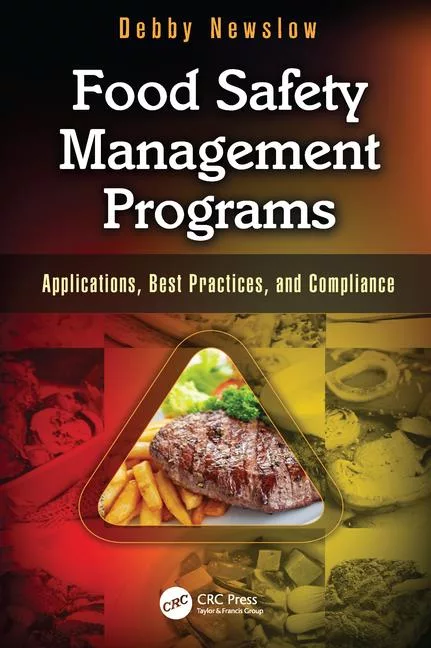New Australian Food Safety Management Standard Coming Into Effect in December

Image credit: Kampus Production via Pexels
A new food safety management standard in the Food Standards Australia New Zealand (FSANZ) Safe Food Australia Code will come into effect for foodservice and retail businesses on December 8, 2023.
The new Standard 3.2.2A, “Food Safety Management Tools,” introduces requirements for training for food handlers and supervisors, and defines key actions at critical points to help mitigate food safety risks. Safe Food Australia has been updated to incorporate guidance on the new standard for government enforcement agencies and food businesses.
Standard 3.2.2A is an extension of Standard 3.2.2, “Food Safety Requirements.” It applies to Australian businesses in the foodservice, catering, and retail sectors that handle unpackaged, potentially hazardous food that is ready-to-eat (RTE). Generally, such businesses include caterers, restaurants, cafés, takeaway shops, pubs, supermarkets and delis, food trucks, and other facilities serving food.
The standard requires covered businesses to implement either two or three food safety management tools, in addition to their existing obligations outlined in Chapter 3 of Safe Food Australia, based on their food handling activities. The three tools are food safety supervisor, food handler training, and substantiation of critical food safety controls.
Standard 3.2.2A classifies businesses as Category 1 or Category 2, defined based on specific activities, and separate to business risk classifications used in states and territories. Category 1 businesses must implement all three management tools, and Category 2 businesses must have a food safety supervisor and have staff trained in safe food handling.
- Category 1 businesses are caterers or foodservice establishments that process unpackaged potentially hazardous food into food that is both RTE and potentially hazardous
- Category 2 businesses are establishments that conduct retail sale of potentially hazardous, RTE food that was handled unpackaged by the business, but was not made or processed onsite (other than the excluded activities of slicing, weighing, and etc.).
The standard underpins a suite of initiatives developed with states and territories that supports strengthened food safety management to protect public health and safety.
Food businesses are encouraged to contact their jurisdictional enforcement authority for further information about compliance with the standard.
Looking for quick answers on food safety topics?
Try Ask FSM, our new smart AI search tool.
Ask FSM →








.webp?t=1721343192)